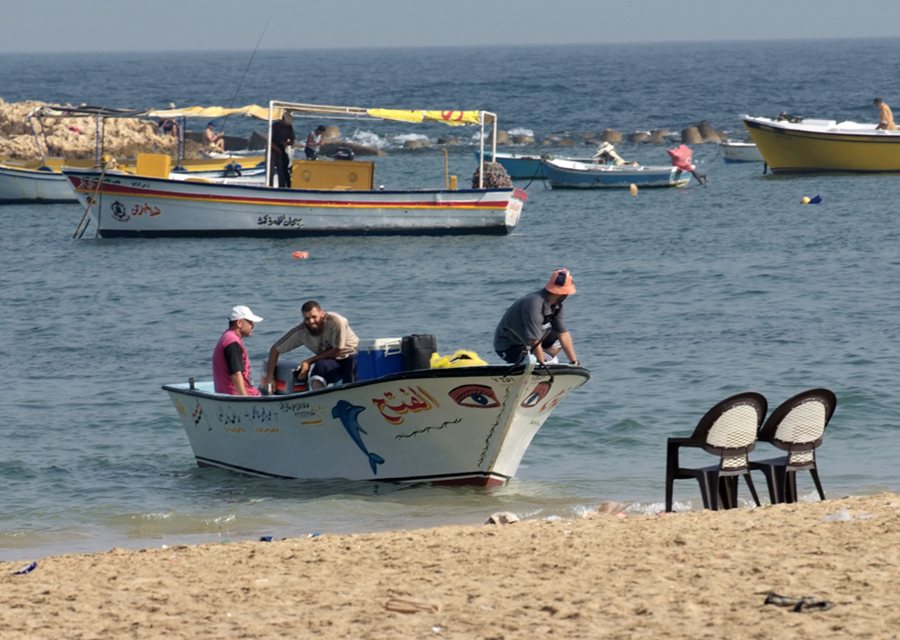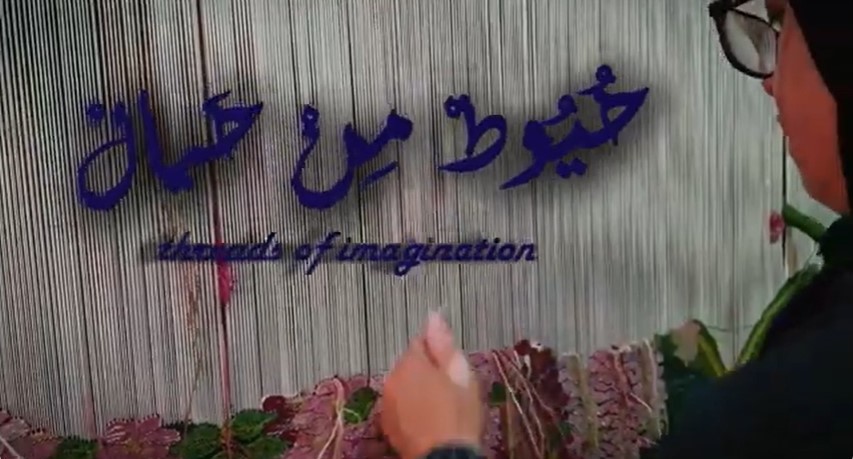Authentic Egypt: Alexandria, the bride of the Mediterranean
 close
close
![]()


Alexandria is Egypt`s second city, easily reached from Cairo’s main train station.
Founded by Alexander the Great on the Mediterranean coast in 322 BC, Alexandria was capital of Egypt during the Ptolemaic era. It had sumptuous palaces and temples, and the ancient world’s best known -library. Ships from all over the Mediterranean dock¬ed at the double harbour, where the entrances were protected by the Pharos Lighthouse, one of the Seven Wonders of the World. Unfortunately, all this splendour was lost in a huge tsunami in AD365. Much of ¬¬ancient Alexandria now lies under the city and beneath the harbour¬waters. Underwater excavations have revealed a wealth of archaeology metres below the surface of the Eastern Harbour.
Today, the city of over 6 million inhabitants is slender, but it stretches along the shore from east to west for over 48km (30 miles), and almost anywhere in the city you are never far from the sound of surf or the smell of fresh fish. In summer millions of festive Egyptians descend upon its streets and its beaches, while in winter occasional sea storms bombard the buildings, rusting away the wrought-iron balconies on the Corniche.
Highlights of what to see in Alexandria
Alexandria was the main entry point into Egypt until the advent of air travel in the early 20th century. Its trading contacts with the outside world made it Egypt’s most cosmopolitan city. ¬Numerous European and British expatriots stayed here in the late 19th and early 20th centuries, and their lifestyles were ¬portrayed by Lawrence Durrell in his work, The Alexandria Quartet. The 1952 coup marked the end of this ‘little Europe’ but there remains a certain colonial atmosphere.
The Corniche
The city sits on a wide bay lined with colonial buildings that find their full splendour at sunset. Myriad fishing boats bob in the water, bringing their catches to the restaurants of the Corniche.
A walk along this promenade takes you past turn-of-the-20th-century buildings slowly crumbling as they battle the effects of the sea air. This stroll is popular amongst couples and families, especially during the summer, when a refreshing breeze is a precious commodity.
The most famous location that speaks of Alexandria’s cosmopolitan past is the Grand Trianon (MeadanSa‘dZaghlul), an Art Nouveau masterpiece that houses a popular café, patisserie and restaurant. Since the day it opened in the 1920s, this is where Europeans conducted business deals, gossiped and dined. Today these expats have been replaced by upwardly mobile Egyptians who continue the traditions.
.
Fort Qaytbay
The western end of the bay sweeps round to a headland where the Pharos Lighthouse once stood. Today the 15th-century Fort Qaytbay occu¬pies the site. The fort commands great views over the city, the Eastern Harbour and the small nearby fishing harbour. West is the Palace of Ras al-Tin, built for Mu¬ham¬mad Ali in 1834. It was here that King Faruq abdicated in 1952 before setting sail for exile in Italy.
Graeco-Roman Museum
This museum has been closed for restoration for many years – it is due to reopen in 2013. It contains Egypt’s largest collection of Graeco-Roman artefacts (c.331 BC–AD 300) from sites in and around Alexandria.
National Museum of Alexandria
The National Museum of Alexandria (110 Tariq Al Hurriyyah) provides a broader history of the city. It is laid out chronologically over three floors: the basement is devoted to the pharaonic period, the ground floor to the Graeco-Roman period, which includes sculptures found in the Eastern Harbour, and the top floor to Coptic, Muslim and modern Alexandria.
Interesting finds to look out for include a massive mosaic of Medusa’s head discovered during construction on a local cinema, and a number of impressive statues found buried in the seabed off the coast, including a basalt statue of the goddess Isis.
.
Alexandria`s library
www.bibalex.org
The splendid Bibliotheca Alexandrina is intended to become an international centre of knowledge like its illustrious ancestor. The library is far from having the 8 million books it is designed to contain, but the building is spectacular and is one of Egypt’s major cultural venues.
Guided tours of about 20 minutes’ duration are offered throughout the day in multiple languages. Other highlights include the adjacent Manuscripts Museum, which has a copy of the only papyrus text to survive from the ancient library, and an interactive history “experience” called Culturama, which takes visitors on a walk through Egypt’s past.
.

20-12-2025 literature & arts

20-12-2025 literature & arts


20-12-2025 health

20-12-2025 Women& men

23-06-2023 Sports 4041
...
tips from the head of dmc channels group- mr.hesham soliman02-08-2023
video 3312...
Exclusive Interview with the Prominent Host (Eman Ezz Eldin) for EMccu today27-10-2022
video 1096...
Culture of Photos Event Guests` Interviews (Pt.2)01-04-2023
video 1060...
Culture of Photos Event Guests` Interviews (Pt. 1)01-04-2023
video 943...

27-10-2022
video 3718